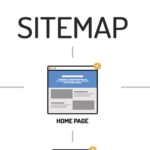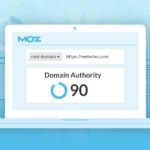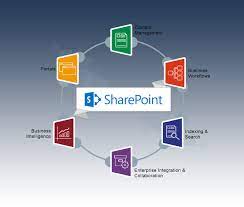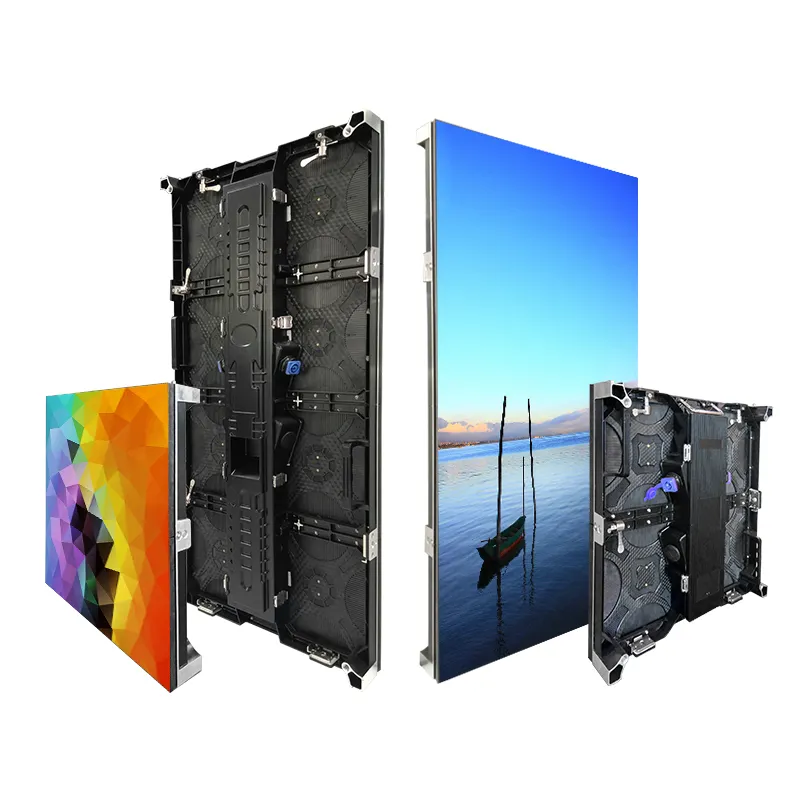While everyone has been looking forward to the Microsoft Professional Developers Conference with the idea of hearing about Windows 7, Microsoft Azure Services – the “OS for the cloud” – is undoubtedly a much more significant announcement with azure development.
While everyone has been looking forward to the Microsoft Professional Developers Conference with the idea of hearing about Windows 7, Microsoft Azure Services – the “OS for the cloud” – is undoubtedly a much more significant announcement.
The announcement of Azure Services is a “significant change, as Microsoft goes through once every ten years or so,” as Ray Ozzie, Chief Software Architect put it. It’s Microsoft’s answer to the needs of fifth-generation computing, aka the world of services in the cloud (resources that you don’t own or control). It is also the first culmination of the efforts that Microsoft has made in recent years with its own applications, services and expertise around its ‘software + services’ plans.
The foundation is Windows Azure – an “extended next generation version of Windows Server 2008, with a cloud design point”. In addition, Microsoft offers a range of services – Live Services, .Net Services (as a service bus, access control and workflow services), SQL Services (storage), SharePoint Services and Dynamics Services – under the name ‘Azure Services’. The whole forms a platform on which customers can host applications in Microsoft (non-third-party) data centers.
Developers will be able to use their familiar tools and development environments (Visual Studio, the .Net languages), with or without use of the available Microsoft services, and then ‘publish’ via a portal on a ‘cloud ‘-infrastructure.
Ray Ozzie states that Microsoft is creating a scalable platform that offers users the choice to build a hybrid infrastructure, with applications on customer systems as well as applications in the ‘cloud’.
Azure Services offers the power of the Microsoft data centers in a virtualized environment, where a ‘fabric controller’ (a further development of Hyper-V) takes care of the dynamic management of the facilities. Other elements include ‘blobs’, ‘locks’, ‘queues’, and so on. Essentially, it builds on elements that have already made their mark in the STI world today, with Microsoft offering additional services on top of Azure. Azure Services will also be extensible with services provided by third parties, thanks to a standards-backed openness.
The services provided to the end users are described in a model (an XML file), which in turn can be used for smooth management and/or growth opportunities. Microsoft’s ‘Oslo’ project, which provides a modeling environment based on the ‘M’ language (announced later this week), will also play a role in this.
Azure Services is offered at Microsoft data centers in the United States and officially not yet in Europe (but ‘this is an internet world’, it sounds). Today, Azure Services is available as a Community Technology Preview for those interested to register (with priority for those attending PDC in the coming weeks).
The commercial model (or pricing) has not yet been determined, but Microsoft is thinking in the direction of the amount of resources used and the nature of the service agreements.
The Orphanage In The Azure Sea – TJ Klune
Last week I went to the cinema. Afterwards, my girlfriend and I discussed that we always get a lot more emotionally involved in stories when they have young children in them. Now imagine a book with six children, each cute and friendly and very unique. Main character Linus Baker lives a quiet, lonely life, completely devoted to the Ministry of Magic Youth Supervision. He gets to know these six exceptional children and orphanage leader Arthur at the behest of his superiors.
I’ve read few books as incredibly wholesome as The Orphanage in the Azure Sea. Our first encounter with Linus shows his empty, monotonous life. Although he is deep in the denial phase, as a reader you quickly realize how gray his existence is. From the moment he arrives here, the story comes alive. The writing style becomes brighter, the characters more interesting, the dialogues more lively.
The book reflects Linus’ development as a character. Not only his character, but also his relationship to the other characters develops at a good pace.
There are plenty of questions without leaving any holes in the story. Besides the technical aspects, I found the world itself fascinating and creative. For the hardcore fantasy fans it will seem a bit simple. In a similar way, problems sometimes feel a little too easily resolved. And how beautiful they are.
The Orphanage in the Azure Sea is a story with levels of cuteness à la Heartstopper. (If you don’t know what I’m talking about, google it. Now.) It’s a fantasy story with solid worldbuilding , but it shines most of all in its character development and relationships.
What can you do with Power Apps?
Build your own applications? Unfinished work. So what can you do with those apps? With Power Apps you can develop applications that, for example, digitize business processes so that they become smart, efficient and automated.
For example, consider a business app that monitors the stock of an item and automatically purchases new ones from your supplier when the stock reaches a lower limit. Or an app with digital forms with which your colleagues can easily declare their costs.
Power Apps is to put the development power in the hands of the employees. Your people know best how things are running within the company. They are involved in all processes on a daily basis and have the best ideas about how they can work more efficiently.










